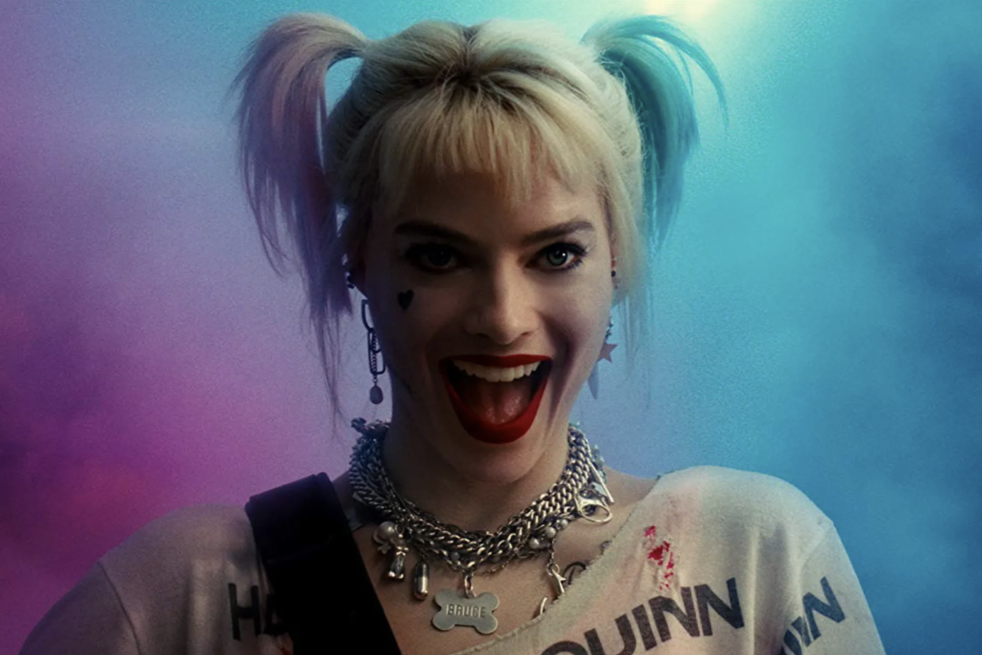When DC’s Suicide Squad released in 2016, it received a myriad of criticism ranging from a lackluster plot, a lack of ensemble chemistry, and a mistreatment of certain beloved character arcs. Namely, the character arc of Harley Quinn, the eccentric and overtly sexualized romantic interest of the infamous Joker.
When any focus on Harley Quinn’s plot arc was thrown to the wayside in favor of simply representing her hypersexualized aesthetic for “Suicide Squad,” there was plenty of criticism to go around. Still, many praised the actress’ (Margot Robbie, “The Wolf of Wall Street”) performance, and a feature film for Harley’s character was soon promised.
However, when the promised feature film, “Birds of Prey: Harley Quinn,” premiered in 2020, it was also met with a fair amount of criticism, for many of the same reasons as the original film, but with one distinct difference.
Many claimed that director Cathy Yan’s (“Dead Pigs”) version of Harley Quinn — which focuses on what Harley does in the absence of the Joker and relies heavily on the tropes of “girl power” — was lacking the same sexualization that had been central to the portrayal of her character in previous media.
Alongside “Suicide Squad” and “Birds of Prey,” many films have sparked conversations around the presence or absence of the “male gaze.” The concept was first popularized in the 1970s by Laura Mulvey, a feminist film theorist, and explores cinematography and directing techniques that objectify women from the heteronormative male perspective.
As issues of gender equality have increasingly been the subject of film and societal criticism, the study of the “male gaze” and how it affects the way we ingest media has entered into the spotlight. This attention has given way to the male gaze’s perceived counterpart, the “female gaze.”
The “female gaze” is often used interchangeably with “feminine gaze,” and has been used to describe the rebellion against the male gaze, turning would-be objects of the latter into active subjects of the former. The “female gaze” thus focuses more on female pleasure and on framing historically objectified subjects in a more emotionally complex way. It is sometimes a broad attribution to films directed by women.
However, these definitions, often pitted in opposition to one another, would imply that films that feature the “male gaze” are lacking in emotional depth and necessitate the objectification of women, and “female gaze” films are entirely derived from their resistance to male dominated norms.
Both of these terms are thus stuck in a dichotomous, heteronormative, semantic sludge that provides an increasingly obsolete way of looking at filmmaking in a world perceived as decreasingly non-binary.
Furthermore, the original concept of “the gaze,” introduced by existentialist philosopher Jean-Paul Sartre in the 1940s, is explicitly related to the idea of “objectification” regardless of the sex of the perpetuator or the object.
The choice to objectify in a harmful way, to afford a character emotional depth, or to imbue a film with any particular perspective rests entirely within the filmmaker’s hands — regardless of their identity. These outdated definitions are muddling film criticism and obfuscating the differences in filmmaking that are being touched upon here.
The ideas of masculinity and femininity have historically been used to describe differences in socio-psychological attributes of an individual in many cultures. However, these concepts are just now making an appearance in some corners of Western media.
Masculinity and femininity in this regard are not tied to any sex or gender, nor do they live in dichotomous opposition to one another.
Rather, they exist as more nebulous categorizations of particular attributes: all individuals, regardless of gender, exhibit masculine and feminine traits to varying degrees.
As these concepts are largely influenced by culture, they provide helpful lenses through which we can portray different perspectives (those of men, women, non-binary persons) without necessarily tying those perspectives to gender.
Many prominent films such as “Silence of the Lambs,” or the more modern “Portrait of a Lady on Fire,” have utilized “gaze” along with varying masculine or feminine lenses to evoke a particular mood or emotion from the viewers.
In this way, when filmmakers knowingly use techniques to force the audience to “gaze” it can be made into a tool that is no longer tied down to a particular gender, whether it be of the filmmaker, the subject of the film or the viewer.
While film criticism can be freed by looking at perspectives in terms of masculinity or femininity, these criticisms cannot exist outside of the current cultural context. Language still largely operates within the realm of the “male” and “female” gaze, and that cannot be disregarded.
Calling out harmful “male gaze” tropes may also prove to be a crucial step in rectifying issues of gender inequality in the media and society at large, and should not be discounted as a potentially useful identification tool.
Likewise, we must take care with dismissing “female gaze” media as unharmful. This is exemplified by the Netflix hit “Bridgerton,” which casually depicts the sexual assault of a man with nary an adequate content warning nor condemnation — an event which largely gets a cultural pass because of the novelty of its “female gaze.”
The value of the “male” perspective does not simply lie in the presence of objectification, nor does the value of the “female” perspective lie simply in the absence or redirection of it, and our language should reflect that.
As we continue to perceive our world in an increasingly more complex way, concepts that pin certain aspects of film to one gender or another must eventually be evolved too. If not, the “female gaze” is likely to become as oppressive as its predecessor and we may end up continuing to perpetuate the very norms we seek to uproot.
